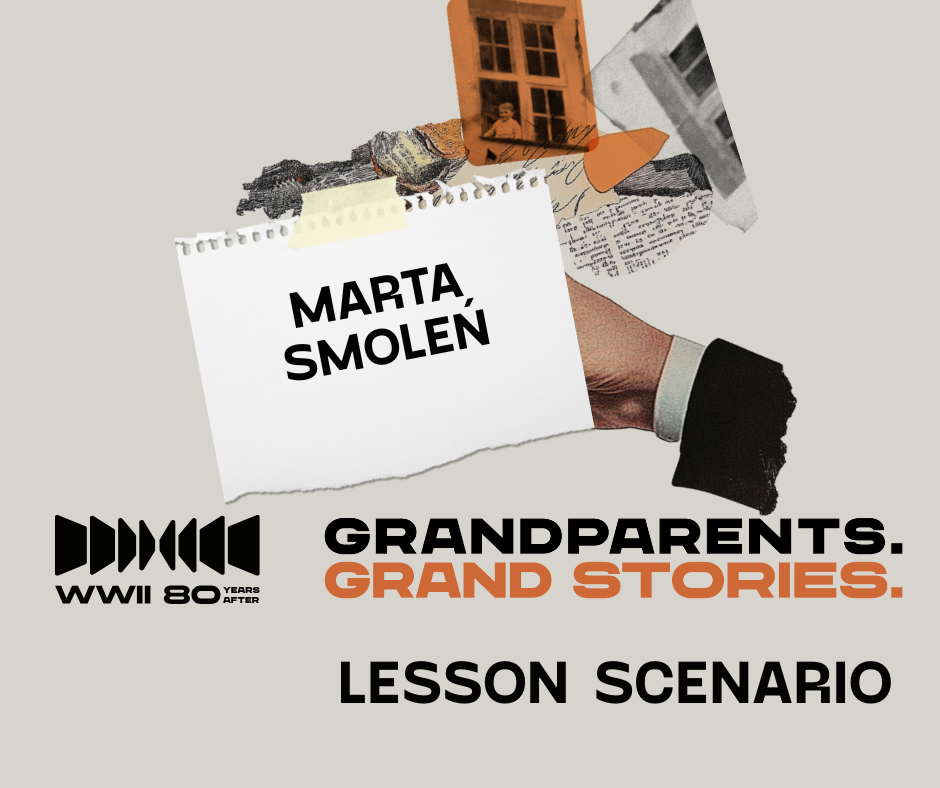TEACHER: Marta Smoleń
SCHOOL: Primary School No. 32 named after the Home Army in Toruń, Poland
RUNNING TIME: 45-minute lesson
CLASS: A lesson on the occasion of the 80th anniversary of the end of World War II for grades 4-8 of elementary school.
SUMMARY:
Summary:
The escape room lesson "Prisoners and Victims of the German Occupation" engages students in an innovative way, making history both personal and immersive. Although our school is in Skarpa, a post-war district of Toruń, history is closer than it seems. Less than a kilometer away stands one of Toruń’s few "walls of death"—the ammunition bunker—where Poles, including young boys, were executed. Nearby, a forgotten cemetery holds the remains of those who perished, their stories largely unknown to younger generations.
Through teamwork, problem-solving, and the use of Morse code, UV lights, ciphers, and QR codes, students uncover forgotten local history. They work with real testimonies, learning about relatives of their classmates who were victims of war crimes. The lesson also highlights the often-overlooked role of women in Toruń’s history, such as Helena Steinborn and Halina Urbańska, who played crucial roles in wartime resistance.
By merging traditional historical sources with modern technology, students engage in hands-on learning. They explore how local forts were used as prisons for political detainees and how murals across the city commemorate Toruń’s role in World War II. This experience fosters a deeper connection to history, proving that meaningful stories exist even in places that seem historically unremarkable.
The lesson not only broadens students' understanding of the past but also cultivates critical thinking, collaboration, and research skills. By the end of the activity, they leave with a sense of discovery, appreciation for local history, and a newfound awareness of the importance of preserving historical memory.
